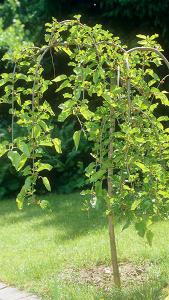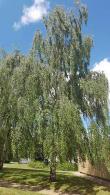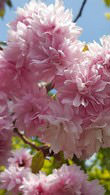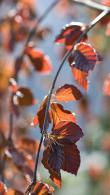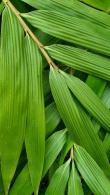Morus Alba Pendula Weeping White Mulberry
1. Add items to basket
2. Go to the basket
3. Enter your postcode in Delivery Price Check
Plant shape: ½ standard
Trunk height: 1 m
Trunk girth: 8-10 cm
Pot size: 25 Litres
Plant ID: 13365 64
View plant size:Trunk height: 2 m
Trunk girth: 14-16 cm
Pot size: 60 Litres
Plant ID: 8284 64
View plant size:Plant shape: Full standard
Trunk height: 1.9-2 m
Trunk girth: 20-25 cm
Pot size: 130-180 Litres
Plant ID: 5388 64
View plant size:To check delivery cost add your plants to basket, then you can type your postcode in our Quick Delivery Price Check.
Morus Alba Pendula or Weeping White Mulberry
Related to Morus Alba White Mulberry, Morus Alba Pendula is a small deciduous weeping fruit tree with glossy foliage and a compact growth habit. Weeping White Mulberry, as it is more commonly referred to, is a dwarf variety ideally suited for small gardens, either planted en masse, or on its own, as a specimen tree. It is suitable for growing in large containers.
For a better part of the year, Weeping White Mulberry flaunts attractive glossy foliage. The leaves are round to heart-shaped, and turn to a bright yellow shade in the autumn. The blossoms of this variety are inconspicuous, but give way to edible oval fruits, similar in appearance to blackberry. Starting out pale whitish to pink, the fruit turns deep red and purple hues as it ripens. During the winter months, the gnarly, arching branches offer interest.
Height and Spread of Morus Alba Pendula
A dwarf variety, Weeping White Mulberry will reach a maximum size of 3 metres in height, with a 5-metre spread. This tree has a moderate growth rate and responds well to pruning, so its size can be easily contained if needed.
How Hardy Is Morus Alba Pendula
Native to China, the weeping White Mulberry is fully hardy throughout the United Kingdom, even in severe winters. Once established, this small deciduous tree will tolerate some drought and urban pollution. Considered pest free and rarely affected by any serious diseases.
How To Use Morus Alba Pendula
The unusual appearance of Weeping White Mulberry attracts attention in any landscape. The twisted, weeping branches with lush glossy foliage create a waterfall of greenery throughout the seasons, and when bare, add structural value to the landscape. Use it as a focus of interest in the garden, but make sure to choose a spot where stains from the ripe fruit will not cause a problem.
The edible fruit this tree produces has a sweet, appetizing taste when fully ripe, with the slightest hint of refreshing acidic flavour. It can be eaten raw, or processed into preserves, jams, and jellies. Cherished by birds and wildlife.
How To Care For Morus Alba Pendula
Tolerant of wide range of soils, this cultivar thrives in moist, humus-rich, fertile soils, regardless of their type. This dwarf variety needs to be planted in full sun and a sheltered location in the garden.
The weeping, gnarly growth of the branches can prevent air circulation and create a suitable ground for many plant diseases. To prevent this, regularly remove congested stems that could cause trouble in the long run. Pruning should be done in late autumn to early winter to avoid bleeding.
With its distinctive habit and striking appearance, this deciduous tree makes a lovely specimen tree for smaller gardens. See also Morus Alba Fruitless White Mulberry and Morus Nigra Black Mulberry.


